One of the key attractions of Paris in general and the Latin Quarter in particular is the Pantheon. The majestic dome in the French classicism style reminds us that it was built as a church initially. And only later it became the tomb of the great people of France and a museum.
You can visit the Paris Pantheon with a guided tour (book here) , or on your own (buy a ticket at this link).
» READ MORE – Latin quarter: route map
How to visit Pantheon?
Address
Place du Panthéon, Paris, France
Official website: paris-pantheon.fr
The Pantheon is open to the public:
April 1 to September 30 — from 10 a.m. to 6:30 p.m.
October 1 to March 31 — from 10 a.m. to 6 p.m.
The museum is closed on January 1, May 1, December 25 and the morning of June 17.
Ticket price is €11.50 (it is better to book it in advance here).
Children under 18, EU citizens under 26, EU university students and Museum Pass holders visit it for free.
From 2021, you can visit not only the halls of the Pantheon, but also its colonnade, which offers a gorgeous view of the Latin Quarter, the Luxembourg Gardens, the Saint-Germain-des-Prés quarter. You can even see the Eiffel Tower. For the entrance to the observation deck, you need to pay an extra €3.50 on the spot.
You can book your ticket right now, just choose a date in a calendar.
How to get to the Pantheon?
Paris metro stations Maubert-Mutualité and Cardinal-Lemoine (line 10).
RER line B: Luxembourg station.
The Pantheon is located in the heart of the Latin Quarter and must be included in all its tours. This is a special old district of the city, where it is very convenient and exciting to settle for a vacation. Choose a hotel with a view of the Pantheon with this link.
Choose a hotel near the Pantheon in ParisHow was the Pantheon built in Paris?
The first church appeared on this site in the 6th century and is associated with the name of the legendary king of the Franks, Clovis. King Louis XV of France decided to restore the ancient building. The construction lasted from 1764 to 1789 and cost the treasury a lot.
The new temple had no chance to see peace, its completion coincided with the French Revolution. The building was renamed and turned into a burial place for distinguished people of the country. The first were the figures of the Enlightenment, Voltaire and Rousseau, as well as the heroes of the French Revolution Mirabeau and Marat. But the remains of the last two were expelled from the Pantheon as soon as the political situation changed.
With Napoleon, the building was returned to the church again, although the practice of burying the great people has been preserved. In 1830, the Pantheon lost the function of a temple again and has not changed much since then.
» READ MORE – Basilica of Saint-Denis, the tomb of the French kings
Pantheon Architecture
The strict antique appearance of the building is inspired by the «same name» Pantheon in Rome. The project seemed very bold to contemporaries. In Paris at that time, a completely different style prevailed, it was lush and filled with excesses of the baroque.
The style of the Pantheon has become a kind of mixture of Greek classics and architectural hunting of its time. The building is distinguished by lightness, solemnity, magnificent external and internal design. However failures happened as well, from the very beginning, the design was not very durable. Today, fortunately, thanks to a number of reconstructions, it is quite safe.
» READ MORE – What to see in Paris: 33 best tourist attractions
Why is the Pantheon famous?
Victor Hugo, Emile Zola, Pierre and Marie Curie and many other prominent personalities rest in the crypts of the Pantheon. Throughout the 19th century, there were persistent rumors that Voltaire’s remains were stolen by religious fanatics and thrown into the trash. To stop them, in 1897 the tomb was opened. The remains of the philosopher were in place.
» READ MORE – Pere Lachaise Cemetery: famous graves, legends and map
In 2002, Alexandre Dumas (father), the author of The Count of Monte Cristo and The Three Musketeers, was reburied in the Pantheon. In 2007, a commemorative card was installed in the Pantheon in honor of 2,600 ordinary Frenchmen who helped Jews escape from concentration camps during the Nazi occupation. Thus, the significance of their act in the history of the country was noted. The last to receive this great honor were the fighters for the rights of black people:
- in 2011 Aimé Cesar, French poet and public figure;
- in 2021 Josephine Baker, American dancer, star of the Folies Bergère cabaret, member of the Resistance movement.
What to do in the French Pantheon? Enjoy architecture and think about eternal materia!

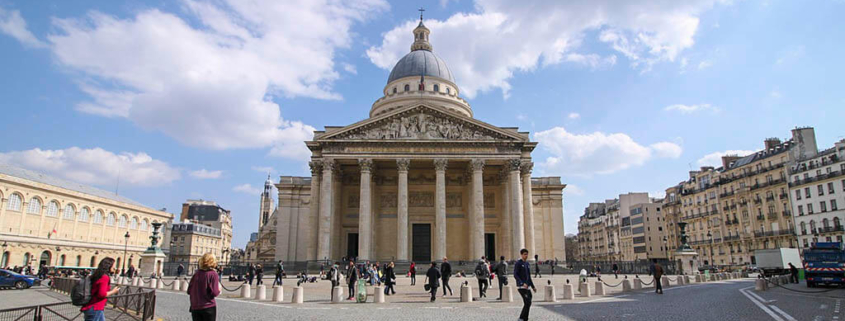

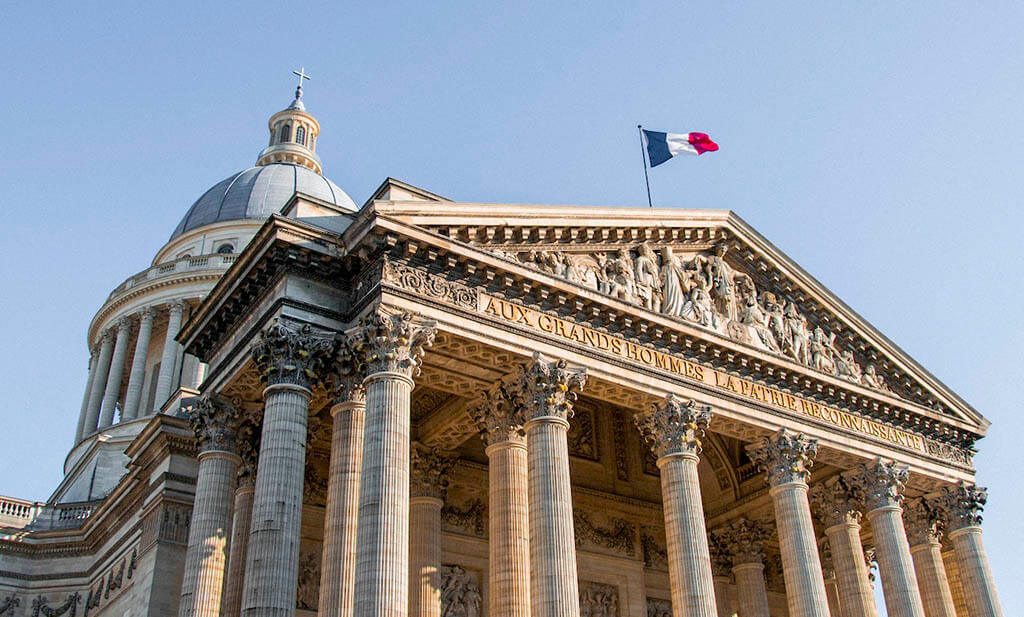
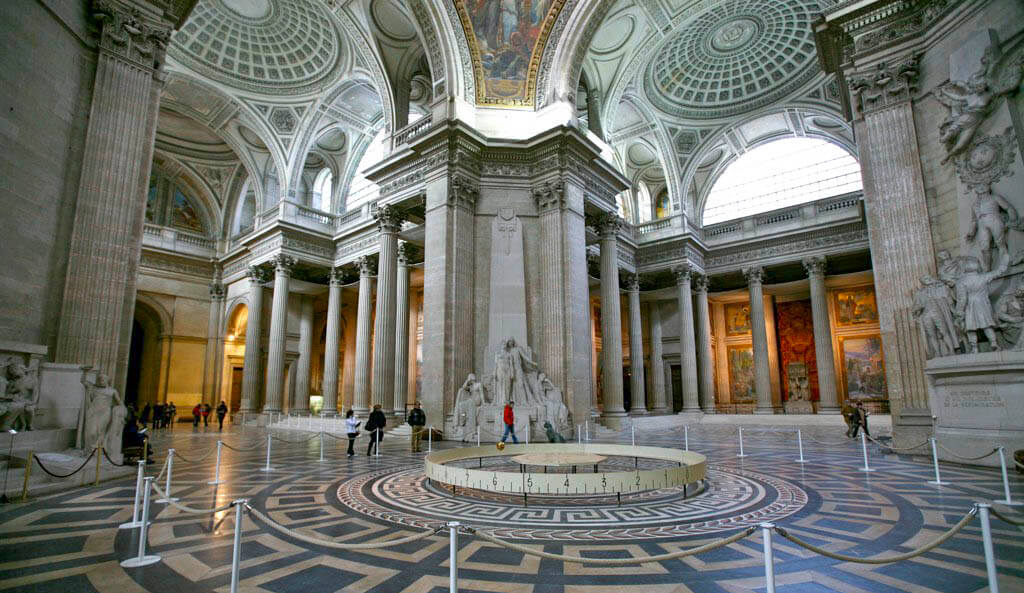
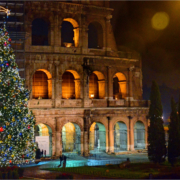 George Rex / Flickr / CC-BY-SA 2.0
George Rex / Flickr / CC-BY-SA 2.0 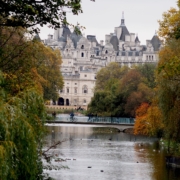

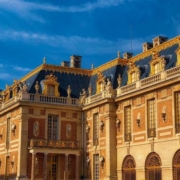


 Claudia Schillinger / flickr.com / CC BY-ND 2.0
Claudia Schillinger / flickr.com / CC BY-ND 2.0 dassel / pixabay.com
dassel / pixabay.com
Leave a Reply
Want to join the discussion?Feel free to contribute!